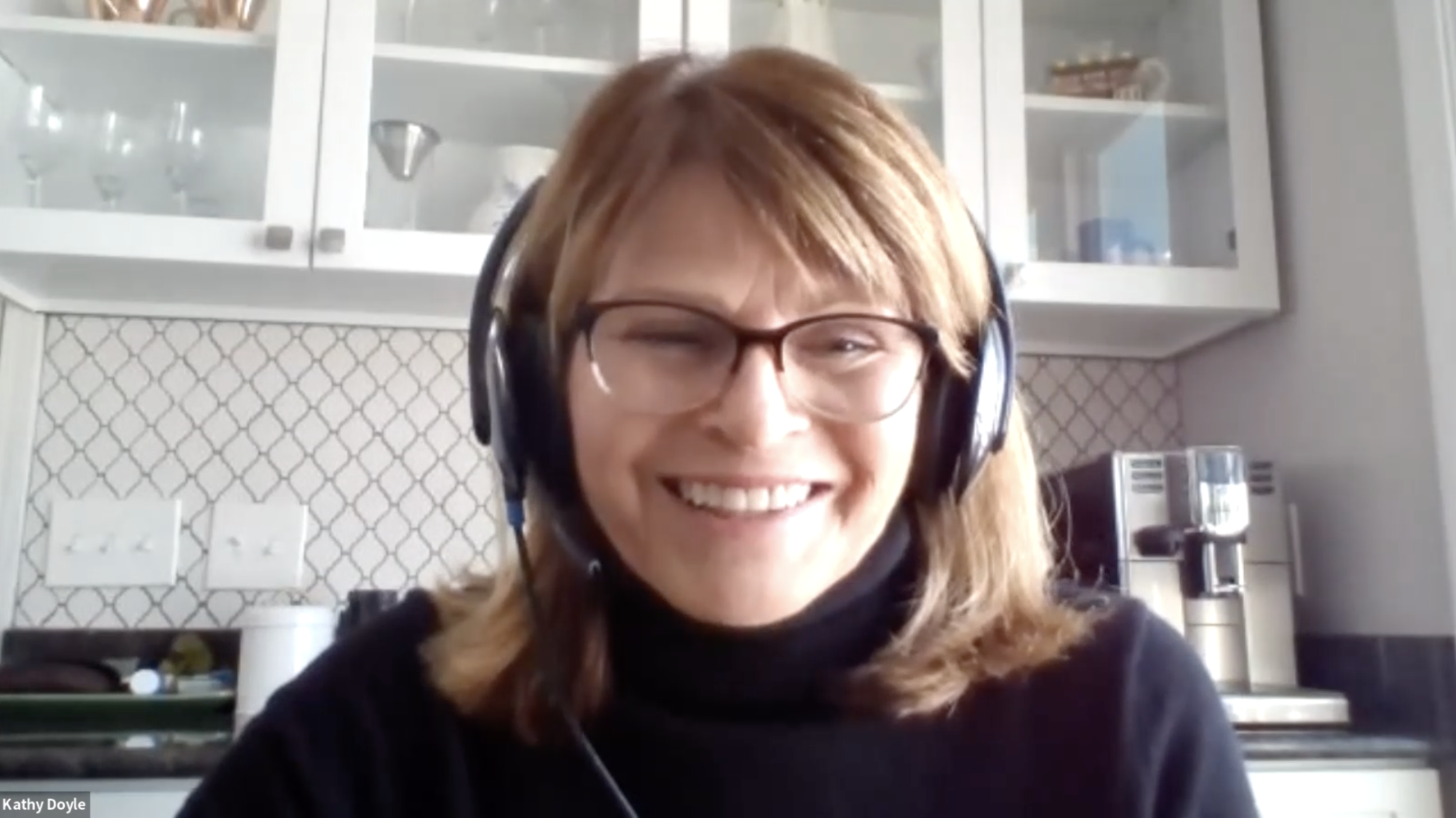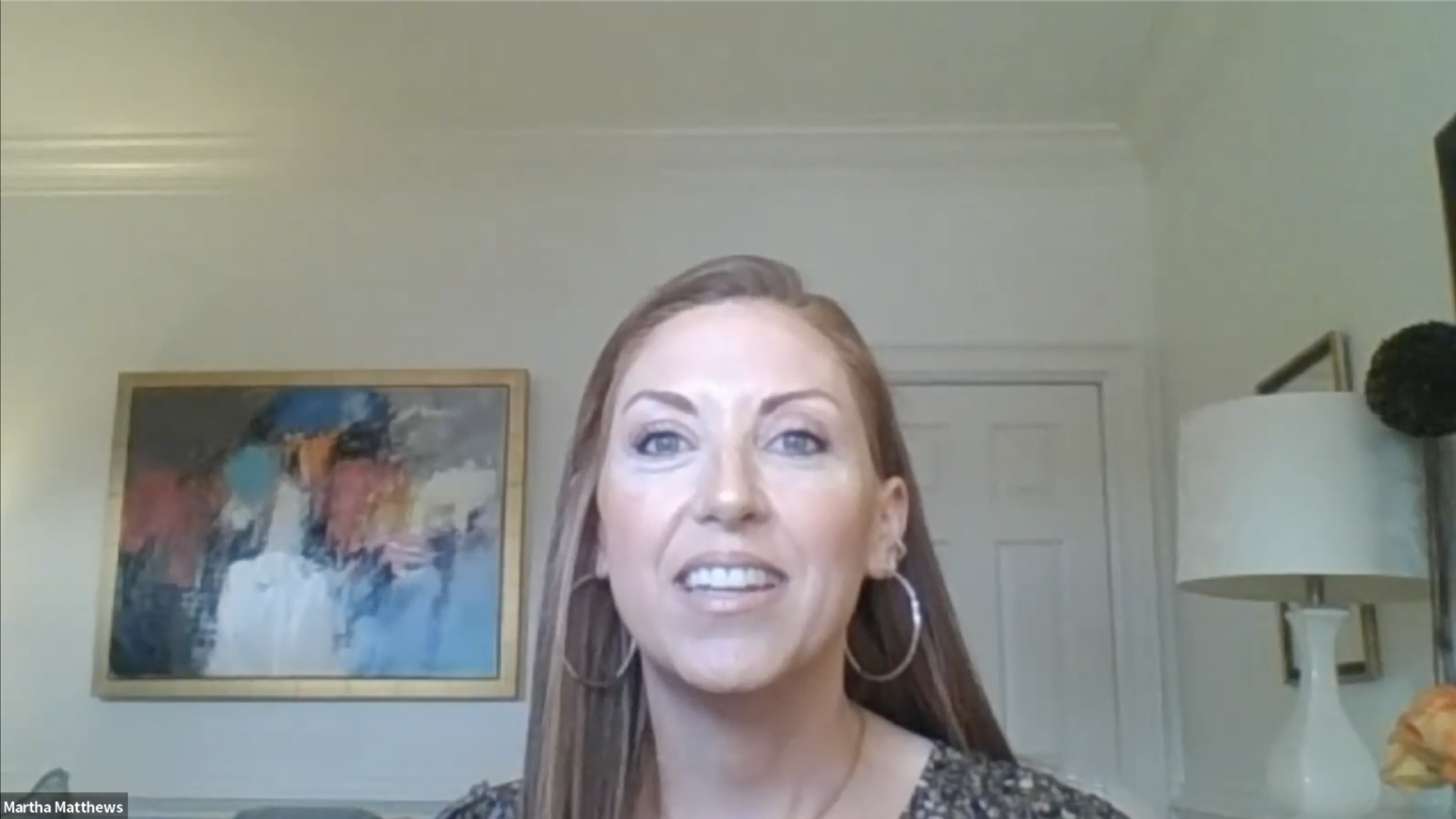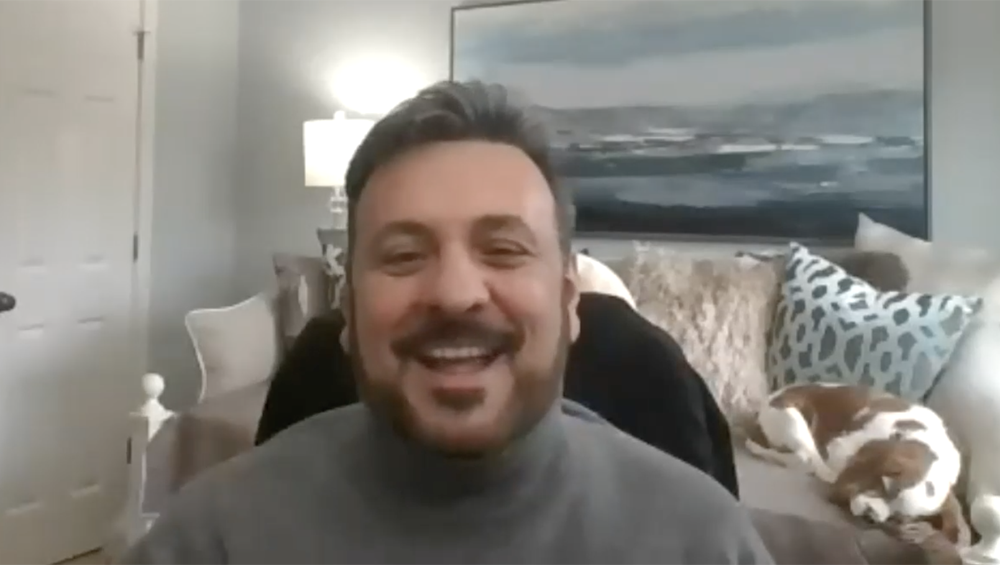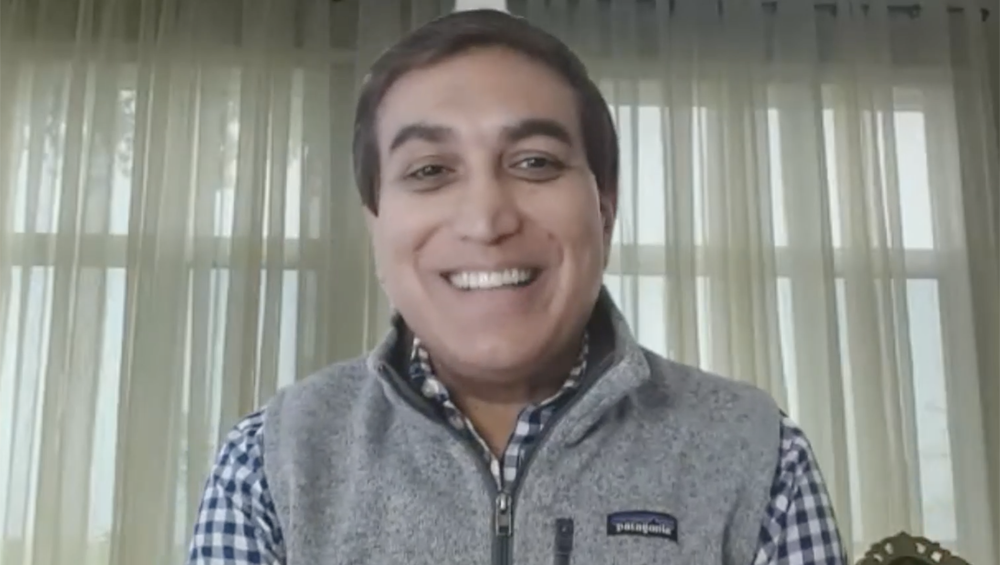
’22 Will Be Spot TV’s ‘Year Of The Test’

Massive changes in audience measurement methods are part of wide-ranging efforts to fix a flawed rating system.
How audience numbers are measured is in transition not just with the shift from transacting on gross rating points (GRPs) to impressions but also with the overall impact of Nielson’s addition of broadband-only (BBO) homes numbers to its rating methodology.
And just last week, NBCUniversal launched a new effort to measure and value audiences. TVNewsCheck’s Spot TV Forecast 2022 webinar panelists said last Thursday they saw the initiative as a chance to move the advertising industry forward.
Also during the webinar, panelists forecast political and, in some states, gambling advertising to crowd out normal advertisers this year. And they asserted buy side automation remains a big draw but requires more integration with multiple systems before it becomes a reality.
Panelists said the move from GRPs to impressions means advertising clients have to learn how the new numbers compare to GRPs.
“It’s basically a matter of a translation. This many GRPs before is this many GRPs now,” Kathy Doyle, EVP managing director for local investment at Magna Global, said. Many clients see GRP as a familiar benchmark, so education will be key, she said.

Kathy Doyle
“Once we do away with GRP, it will make things a lot easier,” Doyle said.
Nielson’s move earlier this year to integrate BBO homes into its local measurement ratings has also created waves in the advertising community.
Doyle said every quarter the gap between BBO and non-BBO homes has increased.
“Our rating system was flawed before the pandemic, it was flawed during the pandemic,” she said, adding that it is still flawed.
Zenith local investment EVP Joe Cerone said Nielson’s BBO move was huge and “done during a monumental time” during a national pandemic.
“We’re looking at the big picture,” he said. “This change had to take place.”
Martha Matthews, SVP for local investment at Dentsu, said the current measurement systems have served as an impetus for the industry to look at other measurement providers so advertisers can know “what’s the most accurate representation of what their dollars are delivering, and we are seeking those solutions.”

Martha Matthews
Shawn Makhijani, NBCUniversal Local’s SVP for business development and strategy, said most clients understand that a 2 rating last year equaled 5,000 impressions but that this year a 1.8 rating equals 5,000 impressions.
“The content side of our business isn’t happy that the rating went down, but it shows you how the rating was flawed,” he said. “The methodology has to change, and with the change you’re going to have a year of pain,” Makhijani said.
There have been concerns about getting credit for views that happen outside the home and understanding that television and digital work hand in hand.
“All the virtual digital cable companies were not being counted,” Makhijani said. “If they’re watching you on YouTube TV, you should get credit.”
The move will likely require a year of transition before the ratings normalize, Makhijani said.
Panelists called NBCUniversal’s decision to use iSpot.tv to measure cross-platform audiences for advertising purposes an opportunity for the industry to learn and test.
Magna Global and Zenith are two of the companies working with NBCUniversal on this initiative.
“What we’re doing is testing and learning and we have to do this to move it forward. We have to jump in and test it and figure out what works and doesn’t,” Doyle said. “The industry should line up behind the approach NBCUniversal is taking.”
She called 2022 the year of the test.
“It’s a year of learning,” she said. “We can’t keep doing the same things over and over and still remain relevant. We hope we learn what works and doesn’t so we can build upon that going forward.”
Cerone called NBCUniversal’s effort gutsy. “We’re doing it because it needs to be done,” he said. Only through testing will the industry learn whether this approach will best serve advertisers, he said.

Joe Cerone
“We are literally modeling the next generation of local spot. It will no longer look like it has in my past. We’re pioneers right now,” Cerone said. “Local should have started changing a couple of years prior to when it did. Now we are on that road. We are moving in the right direction. I think we are moving at the right speed.”
Matthews said, “The local landscape is very slow to evolve,” but that it is “time for an evolution.”
The technology and data are available, she said, and the industry is not bound to legacy measurement methods. Instead, she said, measurement needs to keep up so it meets client needs.
She said the hope is that there will be comprehensive solutions rather than siloed solutions to the audience measurement problem.
Makhijani said NBCUniversal’s initiative is meant to be open. “We believe it has to be an open approach.”
A holistic measurement approach will ultimately help give television credit for sales it helped drive, he said.
Last October, TVNewsCheck forecast a 4.2% increase for core spot TV advertising and a 19.2% jump in total revenue including political in 2022. In some states, gambling ads are also expected to claim prized spots in certain programs, like news.
Political advertising is projected to reach as much as $9 billion, Matthews said. She further expects to see almost a third of that to be spent in Florida, California, Georgia, Pennsylvania and Arizona.
“We can expect to see a noisy and crowded political landscape for 2022,” she said. At the same time, online gambling is “absolutely crowding out other advertisers.”
The category is “extremely competitive” and the largest share of sports betting ads is allocated to news programming, she said.
“I think 2022 will be the first year we will see an influx of gambling,” she said. When combined with hot political races in some markets, it could be “a complete shitshow for advertisers.”
Cerone compared the influx of gambling advertising to the dot.com bubble.
“It’s just history repeating itself,” he said. “It will be a shitshow and we need to just work around it, as we have in the past.”
Doyle said automotive will be an advertising category to watch because of the ongoing supply chain issues.

Shawn Makhijani
Makhijani said he expects to see a stronger spot market in the second half of 2022.
Some of the spend, he said, may go into electric vehicle (EV) category, as many manufacturers are “going big in EV,” which happens to be independent of the ongoing microchip shortage.
And when it comes to buying ads, particularly for highly targeted audiences, the goal is for end-to-end automation.
“We have millions and millions of data points that we can apply,” Doyle said. “But we can’t afford operationally to apply that in Glendive.”
Automation will ultimately make it possible to write an algorithm that matches high-value audiences with availabilities and advertiser parameters, she said.
“All we are doing now is laying the groundwork and getting ready for it,” Doyle said. “Ideally, it would be automated end to end.”
Part of the difficulty is that many of the systems that support buy side aren’t automated or able to communicate with each other, Cerone noted.
“We want end to end from RFP straight through to everything,” he said. “We have the data, but we don’t bring it all together yet.”
Matthews said Dentsu has media buying software that ingests the data on the buy side so it can be used to inform programming decision.
“In terms of automation, we’ve automated as much as we possibly can,” she said. “But end to end is what we ultimately need.”


































Comments (0)